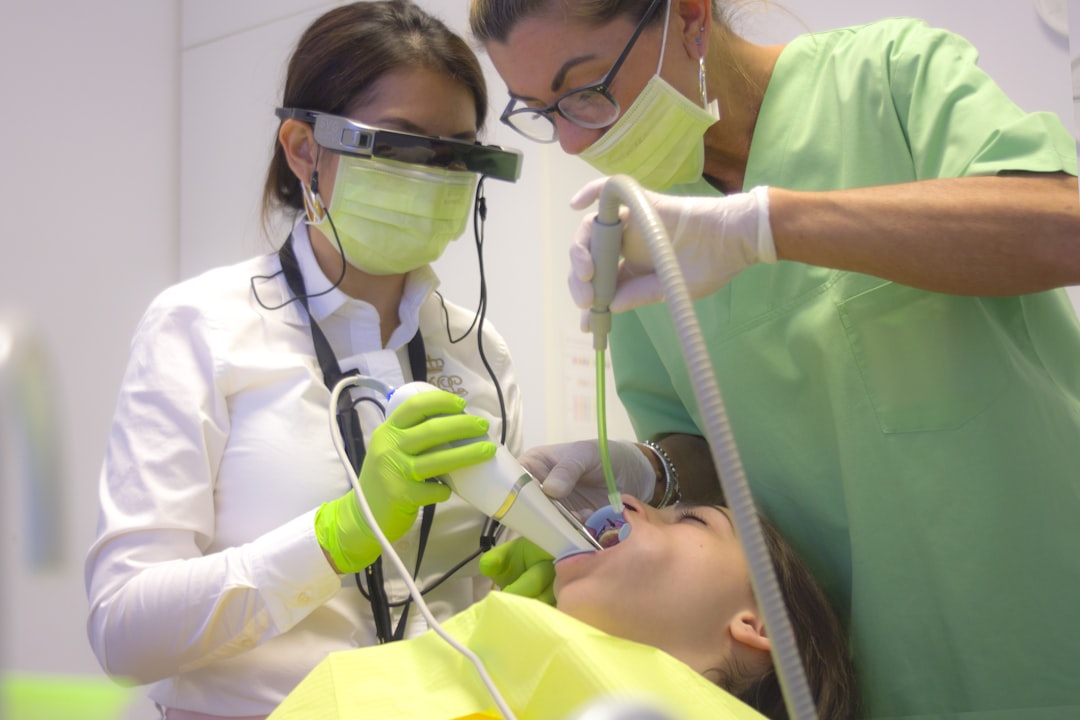What is it about?
Major principles for developing diagnoses related to temporomandibular disorders (TMD) are explained, wherein both disorder and person are evaluated and classified. The roles of the International RDC/TMD Consortium Network, diagnosis as a phenotype description, and use of a linked case classification in the OPPERA studies are noted. Research initiatives already underway for expanding our knowledge of classification are summarized.
Featured Image
Why is it important?
TMD diagnosis is now reliable and valid, permitting better patient assessment and preventing unnecessary treatment, reproducible research, and enhancing our understanding of the disorders.
Perspectives
The important concept introduced with the RDC/TMD and validated with the DC/TMD is that the assessment of chronic pain requires a biopsychosocial model for understanding the nature of chronic pain. This model conceives of chronic pain as the result of biologic disruption, psychological function (e.g., anxiety, depression, etc.) and level of psychosocial function (e.g., ability to accompich activities of daily living, pain-elated interference with ability to function at work, home or school). Prior to the introduction of the RDC/TMD chronic orofacial pain was assessed almost exclusively by measuring biologic function (e.g., range of motion in the jaw, jaw joint sounds, etc.). The biospsychosocial concept is now commonplace and reflected in all currently evidence-based measures for assessing headache, back pain, fibromyalgia, etc.
Samuel Dworkin
University of Washington
Read the Original
This page is a summary of: The Evolution of TMD Diagnosis, Journal of Dental Research, July 2016, SAGE Publications,
DOI: 10.1177/0022034516653922.
You can read the full text:
Contributors
The following have contributed to this page










